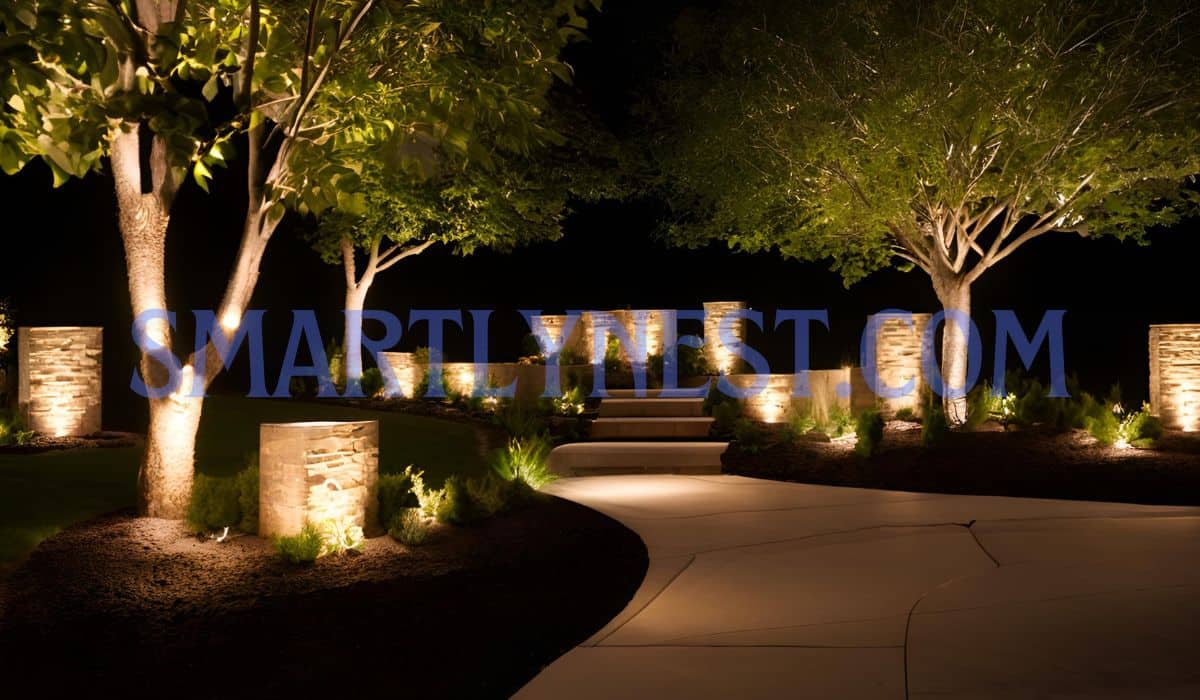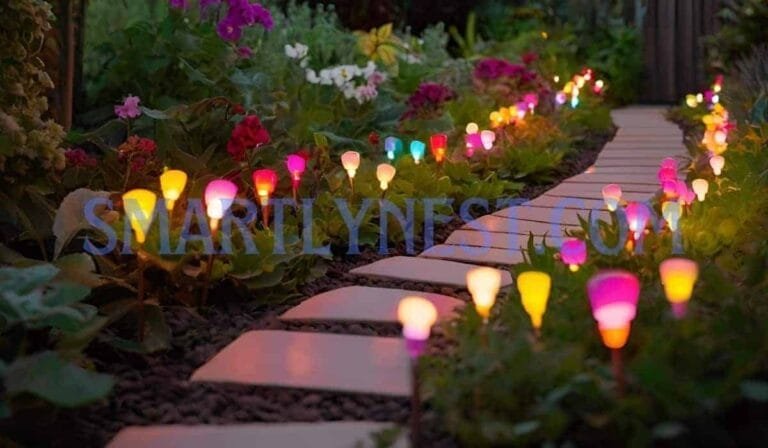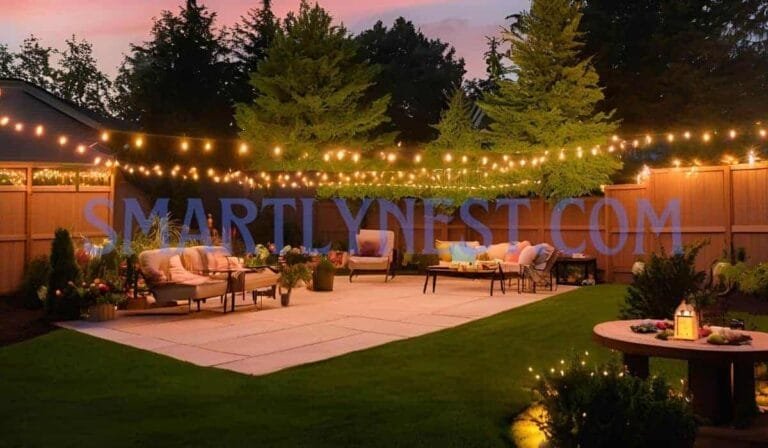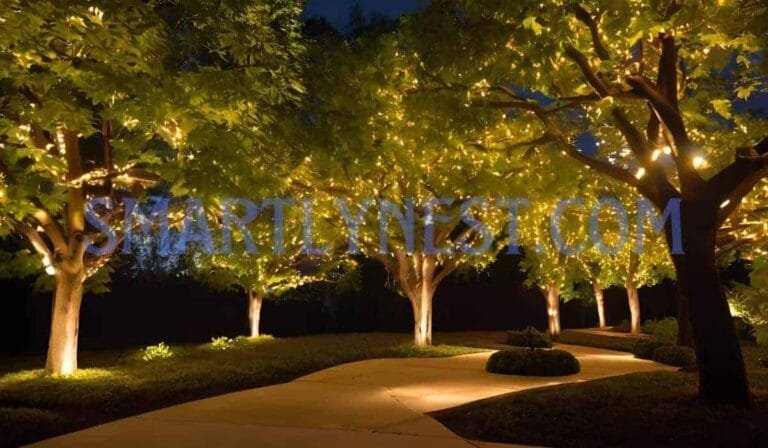
Landscape lighting enhances your home’s curb appeal, improves safety, and creates magical outdoor spaces after dark. However, many homeowners hesitate to install outdoor lighting due to concerns about installation costs and long-term operating expenses. The good news? You don’t have to break the bank to achieve beautiful outdoor illumination. In this comprehensive guide, we’ll explore ten proven strategies to dramatically reduce your landscape lighting costs while maintaining the aesthetic and functional benefits you desire.
As energy costs continue to rise and environmental consciousness grows, finding cost-effective solutions for outdoor lighting has become more important than ever. Whether you’re planning a new installation or looking to optimize your existing setup, these practical tips will help you achieve significant savings without compromising on quality or visual impact.
1. Make the Switch to LED Bulbs and Fixtures
One of the most impactful changes you can make to reduce landscape lighting costs is transitioning to LED technology. While LED fixtures and bulbs may have a higher upfront cost, they offer exceptional long-term value that makes them a smart investment for any homeowner.
Modern LED landscape lights consume up to 80% less electricity than traditional halogen bulbs, resulting in immediate and substantial reductions in your monthly energy bills. Even more impressive is their longevity – LED bulbs can last up to 25 times longer than conventional alternatives. This means fewer replacements and lower maintenance costs over time.
In most cases, LED landscape lighting systems pay for themselves within 1-2 years through energy savings alone. After this break-even point, the ongoing savings contribute directly to your bottom line. Additionally, LED lights generate less heat, reducing potential damage to fixtures and surrounding vegetation.
2. Harness the Power of Solar Lighting
Solar-powered landscape lighting offers perhaps the most dramatic cost reduction by eliminating electricity expenses entirely. Recent technological advances have significantly improved the performance and reliability of solar lights, making them viable options for many landscape applications.
Today’s solar lights feature improved photovoltaic cells, more efficient batteries, and brighter LED bulbs. They work particularly well for illuminating pathways, garden beds, and accent features in areas that receive adequate sunlight. While they may not be suitable for all applications, incorporating solar lights where appropriate can substantially reduce your overall lighting expenses.
Consider using hybrid systems, where solar lights handle less critical areas while traditional electric lighting covers essential security and high-traffic zones. This balanced approach maximizes cost savings while ensuring reliable illumination where it matters most.
3. Implement Strategic Zoning and Timers
Smart zoning and timing strategies can significantly reduce unnecessary energy consumption. By dividing your landscape lighting into distinct zones and controlling them with programmable timers, you can ensure lights operate only when and where needed.
For example, you might program:
- Front yard lights to operate from dusk until midnight
- Walkway lighting to run during evening hours only
- Entertainment area lighting to activate only on weekends
- Security lighting to remain on throughout the night
Modern smart timers even adjust automatically to seasonal changes in daylight hours and can be controlled remotely via smartphone apps, allowing for maximum flexibility and efficiency.
4. Integrate Motion Sensor Technology
Motion detection systems represent another intelligent way to reduce lighting costs while maintaining security and functionality. By installing motion sensors in strategic locations, you ensure lights operate only when human activity is detected.
These systems are particularly effective for:
- Security lighting around entry points
- Garage and driveway areas
- Side yards and utility areas
- Remote corners of the property
Motion sensors can reduce energy consumption by up to 50% in less-trafficked areas while still providing illumination when needed. Modern sensors offer adjustable sensitivity and duration settings, allowing you to fine-tune the system for optimal performance and efficiency.
5. Choose Low-Voltage Systems
Opting for 12-volt lighting systems instead of traditional 120-volt setups offers multiple cost-saving benefits. Low-voltage systems are not only more energy-efficient but also safer and easier to install, potentially reducing both initial and ongoing costs.
The transformers used in low-voltage systems typically operate more efficiently than high-voltage alternatives, leading to lower energy consumption. Additionally, the simpler installation requirements often mean reduced professional installation costs or the ability to tackle the project as a DIY endeavor.
6. Embrace DIY Installation and Maintenance
Speaking of DIY, modern landscape lighting systems have become increasingly user-friendly, with many featuring plug-and-play components and simplified wiring schemes. By handling installation yourself, you can save significantly on professional installation fees, which often represent a substantial portion of the total project cost.
However, before embarking on a DIY installation:
- Research local electrical codes and permit requirements
- Study basic electrical safety principles
- Create a detailed installation plan
- Invest in proper tools and safety equipment
Remember that even if you choose professional installation for the main system, you can still save money by handling routine maintenance tasks yourself.
7. Establish Regular Maintenance Routines
A well-maintained lighting system operates more efficiently and lasts longer, reducing both energy consumption and replacement costs. Develop a regular maintenance schedule that includes:
- Cleaning fixtures and lenses
- Checking and tightening electrical connections
- Trimming surrounding vegetation
- Adjusting fixture angles for optimal illumination
- Testing system components for proper operation
Regular maintenance prevents small issues from becoming costly problems and helps maintain your system’s efficiency over time.
8. Time Your Purchases Strategically
Smart shopping strategies can lead to significant savings on landscape lighting components. Consider purchasing during off-peak seasons, particularly fall and winter, when demand is lower and retailers often offer substantial discounts.
Buying fixtures and bulbs in bulk can also result in volume discounts. However, be sure to research products thoroughly before making large purchases, as quality and compatibility are crucial for long-term satisfaction and performance.
9. Focus on Essential Areas
Rather than attempting to illuminate every feature in your landscape, concentrate on essential areas that provide the most value. This selective approach reduces both initial investment and ongoing operating costs while maintaining visual impact.
Key areas to prioritize include:
- Entry points and address numbers
- Primary walkways and steps
- Major focal points and architectural features
- Critical security areas
By focusing your lighting budget on these essential elements, you can create dramatic effects while keeping costs under control.
10. Optimize Light Reflection
Maximize the efficiency of your lighting system by incorporating light-colored surfaces and reflective materials in your landscape design. This smart strategy allows you to achieve desired lighting levels with fewer fixtures or lower-wattage bulbs.
Consider using:
- Light-colored gravel or stone for pathways
- Reflective mulch in garden beds
- Pale-colored flowers and foliage
- Light-toned hardscape materials
These elements help amplify your lighting while reducing the number of fixtures needed for proper illumination.
Conclusion: A Brighter Future for Your Landscape Lighting
Implementing these cost-saving strategies can significantly reduce both the initial investment and long-term operating expenses of your landscape lighting system. Beyond the financial benefits, many of these approaches also contribute to environmental sustainability by reducing energy consumption and minimizing waste.
Remember that you don’t need to implement all these suggestions at once. Start with the most applicable strategies for your situation and gradually incorporate others as opportunities arise. By taking a thoughtful approach to landscape lighting design and maintenance, you can create beautiful outdoor spaces that don’t burden your budget.
Have you successfully reduced your landscape lighting costs using any of these methods? Share your experiences in the comments below, and let us know if you have additional cost-saving tips to share with our community.







